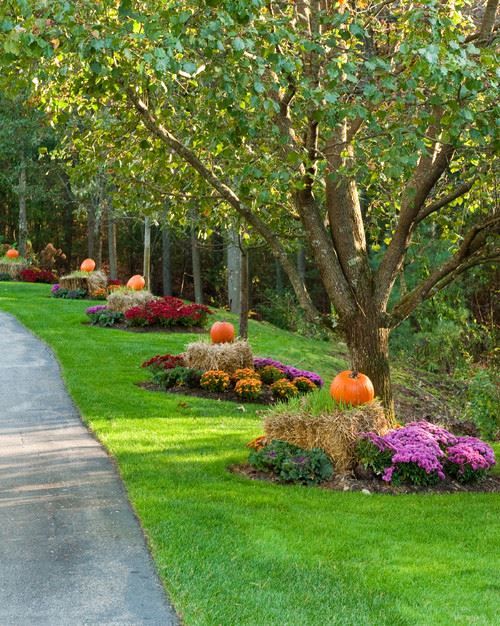Autumn is around the corner, and it’s time to get your garden in tip-top shape for the cooler months ahead. If you’re a homeowner or gardening enthusiast, this guide is for you. We’ll cover essential tips on preparing your grass, from aerating and fertilising to overseeding bare patches. Starting now will ensure a lush, healthy garden ready to bloom come spring.
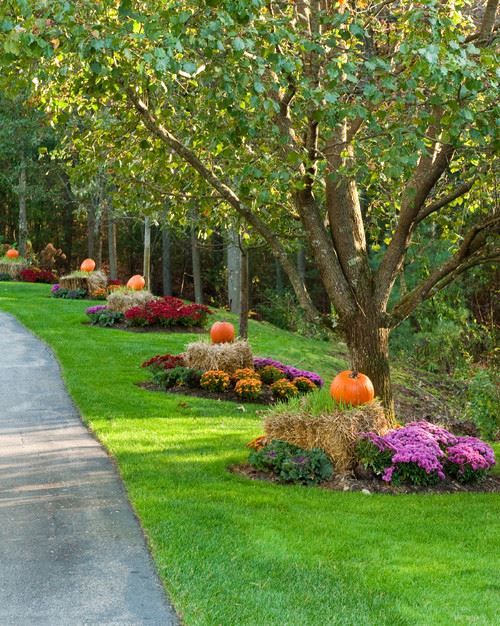
Why Autumn is Crucial for Your Garden
Autumn is a transitional season that sets the stage for winter dormancy and spring growth. During this period, grass plants work hard to store nutrients and energy. This makes autumn an ideal time for specific garden care activities.
The Unique Needs of Grass in Autumn
Unlike the harsh summer sun or the freezing winter cold, autumn offers a moderate climate perfect for grass rejuvenation. The temperatures are cooler, but the soil remains warm enough to encourage root growth. Plus, the natural moisture from autumn rains helps nutrients penetrate deep into the soil.
Timing is Everything
Starting your garden care routine early in the autumn season allows your grass to recover from the summer stress and prepare for the winter. The earlier you start, the better your garden will look when spring arrives.
Aerating Your Grass
Aeration is one of the most beneficial practices for your grass. It involves perforating the soil to allow air, water, and nutrients to penetrate the roots. Although you can aerate at any time of the year, autumn and spring is the best time to do it! The soil should be moist but not waterlogged to make the process easier and more effective.
Benefits of Aeration
Aeration helps alleviate soil compaction, which can restrict the flow of essential nutrients to your grass. It also improves water uptake and reduces water runoff, making your grass more drought-resistant. By breaking up thatch, aeration promotes a healthier, more robust root system.
Methods of Aeration
There are two main methods to aerate in your garden: manual and mechanical. Manual aerators, like spike aerators, are affordable and easy to use but can be labour-intensive. Mechanical aerators, such as core aerators, are more efficient for larger areas but may require rental or professional services.
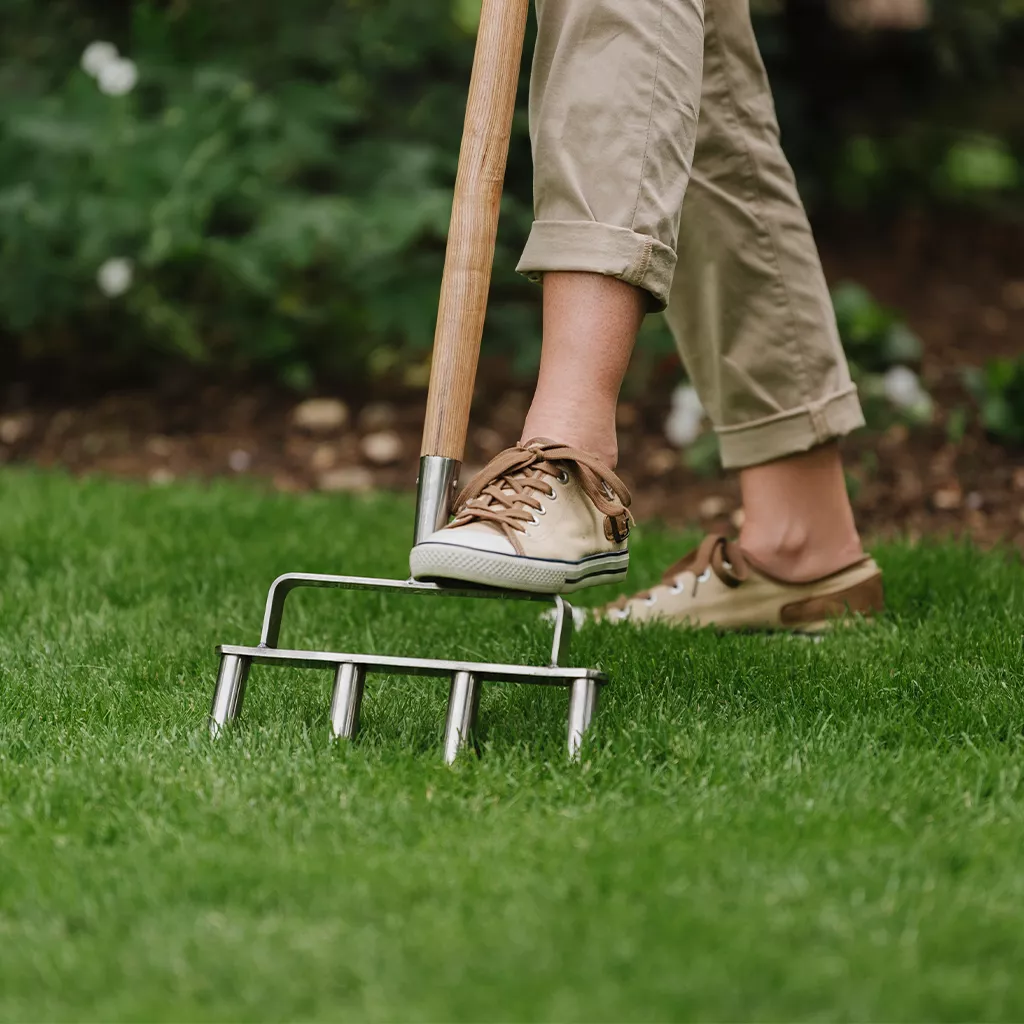
Fertilising Strategies
Fertilising your grass in autumn provides the essential nutrients it needs to survive the winter and thrive in spring.
Choosing the Right Fertiliser
Look for a fertiliser high in potassium and phosphorus, which help strengthen roots and improve disease resistance. Avoid high-nitrogen fertilisers, as they can promote excessive leaf growth at the expense of root development.
Best Time to Apply Fertiliser
Apply fertiliser after aeration for maximum absorption. It’s best to fertilise in late autumn before the first frost, allowing the nutrients to settle into the soil over the winter months.
How to Apply Fertiliser
Use a broadcast spreader for even distribution across the whole area. Then, water your grass lightly after fertilising to help the nutrients penetrate the soil.
Overseeding Bare Patches
Overseeding is the process of spreading grass seed over existing turf to fill in bare patches and thicken your grass.
Steps for Overseeding
- Prep the Soil: Rake the area to remove debris and loosen the topsoil.
- Choose the Right Seed: Select a grass seed blend suited to your soil conditions and needs.
- Spread the Seed: Use a spreader for even distribution.
- Water Consistently: Keep the soil moist until the new grass is established.
Benefits of Overseeding
Overseeding helps prevent weeds, improves grass density, and enhances the overall appearance of your garden. It also introduces new grass varieties that may be more disease-resistant.
When to Overseed
Early autumn is ideal for overseeding. The warm soil and cooler temperatures create a favourable environment for seed germination.
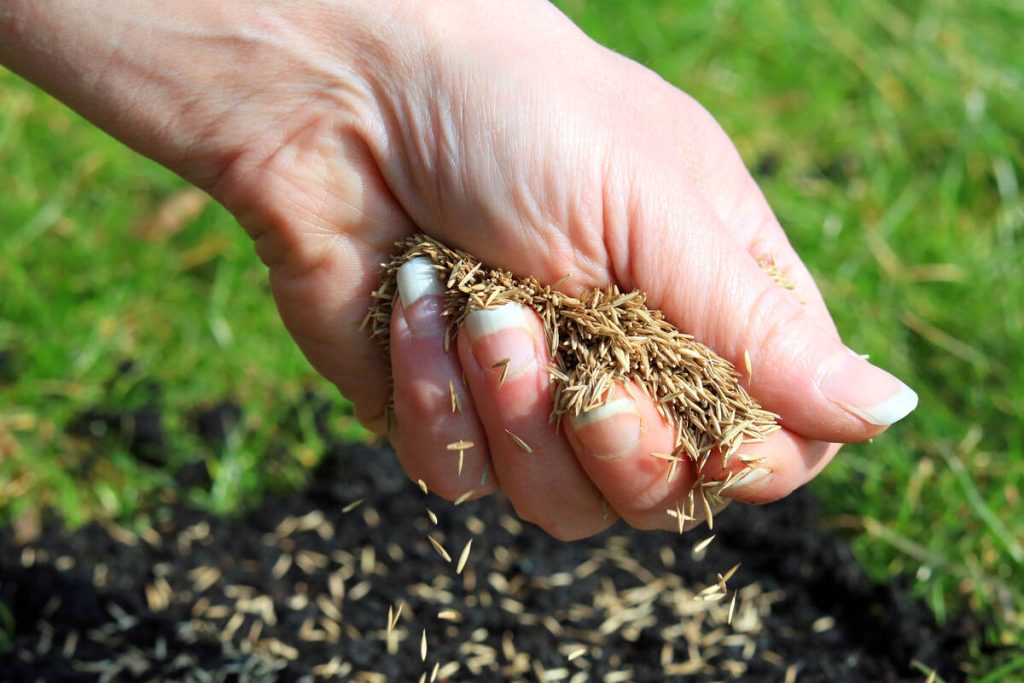
Additional Maintenance
Proper grass care doesn’t stop at aerating, fertilising, and overseeding. Here are some additional maintenance tips to keep your garden looking its best.
Mowing
Continue mowing your grass until it stops growing, usually around late October. Keep your mower blades sharp and set to a higher height to avoid stressing the grass.
Watering
Water your grass deeply but less frequently to encourage deep root growth. Autumn rains often provide sufficient moisture, but be prepared to supplement during any dry spells.
Pest Control
Autumn is a prime time for pests like grubs and chinch bugs. Use organic pest control methods, such as nematodes or beneficial insects, to keep these critters at bay.
Alternatively, Try Artificial Turf
If you’re seeking a low-maintenance solution to achieve a lush, green grass year-round, artificial grass might be an excellent option to consider. This choice eliminates the need for mowing, watering, and fertilising, freeing up your time. Modern artificial turf is designed to mimic the look and feel of real grass closely, offering durability and resilience even in high-traffic areas. It’s particularly advantageous in areas prone to drought or where maintaining natural grass is challenging. Though the initial installation cost can be higher, the long-term savings on grass care expenses make it a cost-effective investment. We have a range of artificial grass that you can browse on our website if this is something you’re considering. And don’t worry we will be doing a blog on artificial grass, so keep your eyes peeled!
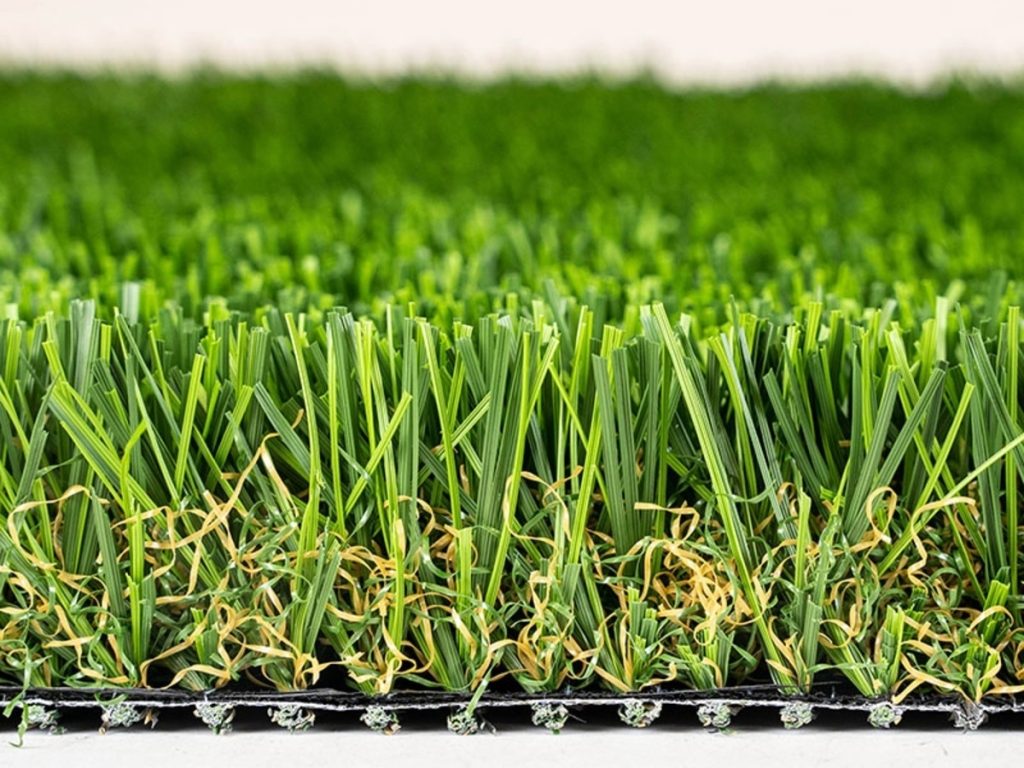
Flowers and Plants to Plant in Autumn
Autumn isn’t just for grass care; it’s also a great time to plant certain flowers and plants.
Perennials
Perennials like mums, asters, and pansies thrive in cooler temperatures and add vibrant colours to your garden. They also establish roots before winter, ensuring a robust bloom in spring.
Bulbs
Plant spring-blooming bulbs like tulips, daffodils, and crocuses in autumn. They require a cold period to bloom, making autumn the perfect planting time.
Shrubs and Trees
Autumn is ideal for planting shrubs and trees, as the cooler weather reduces transplant shock and the soil remains warm enough for root development.
Conclusion
Preparing your garden for cooler weather is crucial for a lush, healthy garden come spring. Start early by aerating, fertilising, and overseeding to give your grass the best chance to thrive. Don’t forget additional maintenance tasks like mowing, watering, and pest control. And why not add some autumn-friendly plants to keep your garden vibrant?
Ready to get started? Happy gardening! If you’re looking for some garden inspiration, check out our Instagram or Facebook!

